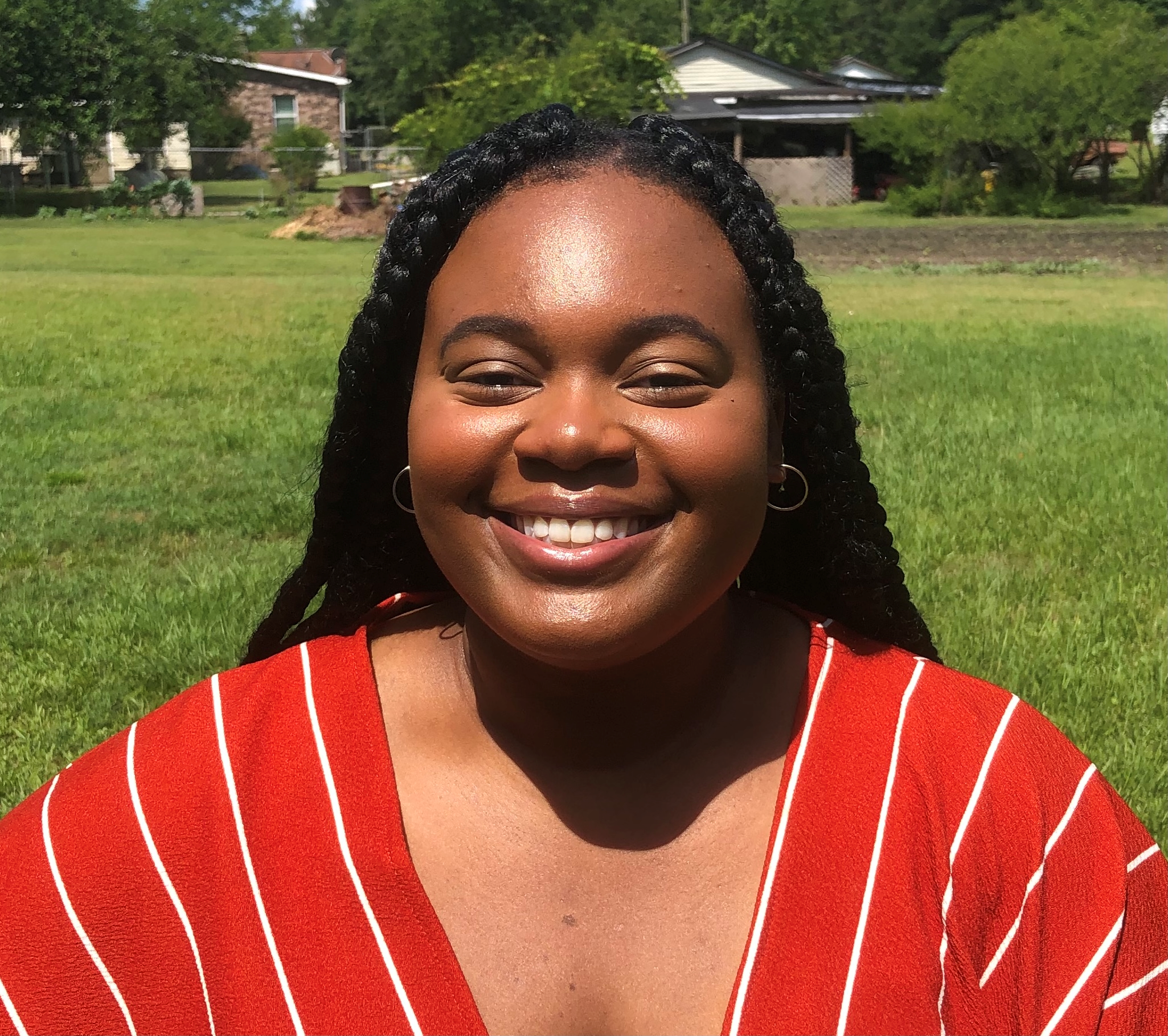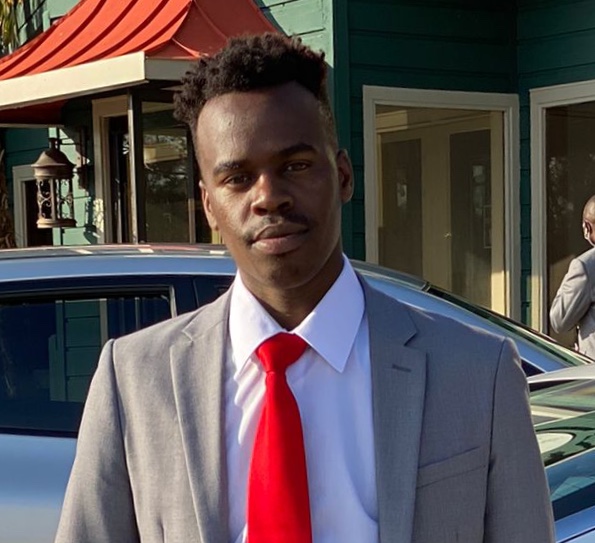AUDEMOUS: AUtonomous underwater target DEtection and MOnitoring Using Swarm robotics
Supported by Jeffress Memorial Trust
Overview
Exploration of the vast underwater environment is dangerous and dull. Underwater swarm robotics using robots with computation, communication, and sensing capabilities can move cooperatively to accomplish complex tasks that cannot be done by any one individual. The objective of this project is to develop formal computational and quantitative methods to efficiently design and prototype underwater swarm robotics systems that can accurately detect underwater targets and transmit high-volume data to above water environments. The ultimate goal of this project is to automate the underwater target detection and monitoring by using swarm robotics which can find optimal trajectories to locate and identify targets and send high-resolution real-time videos to above water wireless infrastructures. This project is divided into three intertwined tasks. First, this project will develop magnetic induction communication prototypes for underwater robots to transmit control signals. Also, underwater visible light communication prototypes will be built which can support high-speed data communication. Theoretical and experimental visible light communication channel models will be developed to plan robots’ trajectories and coordinate their motions. Second, this project will adopt deep convolutional neural networks and federated learning algorithms to optimally and adaptively train the target detection model. Robots will work cooperatively to identify targets from different angles and share their local machine learning model parameters to find optimal global parameters. The joint design of robots’ motion and target detection will be performed to find the optimal distribution of robots to improve detection performance. Lastly, this project will develop optimal trajectories for robots to find, identify, and monitor targets. Wireless communication and networking performance will be considered when designing robots’ trajectories to ensure that high-resolution videos can be transmitted successfully by the robotic network.
Participants

Justice Adjei Owusu MS EEE, 2022 -

Cameron Green Senior EEE, 2021 -

Clifford Boakye-Mensah
MS. EEE (Microsoft, Twitter)
2021 - 2022

Javionn Ramsey 2021 Fall and 2022 Spring

Dontez Vann 2021 Fall and 2022 Spring

Marva Lawrence
Junior OEN
2021 Summer

Evans Cheruiyot
Junior EEE
2021 Summer
Awards
“Software-Defined Underwater Communication Testbed” was presented in Annual IEEE Hampton Roads Senior Capstone Competition in April 2022 by Vann Dontez and Javionn Ramsey, who ranked the third place.
Publications
C. Boakye-Mensah, “Optical communication and deep learning-based object detection for underwater swarm robotics.” Master’s Thesis, Norfolk State University, 2022 (passed proposal defense, thesis defense will be scheduled)
A. Pal, F. Campagnaro, K. Ashraf, M. R. Rahman, A. Ashok, and H. Guo “Communication for Underwater Sensor Networks: A Comprehensive Summary.” ACM Transactions on Sensor Networks, 2022.
C. Boakye-Mensah, D. Vann, J. Ramsey and H. Guo. “(POSTER) A Software-Defined Underwater Visible Light Communication Testbed,” IEEE DCOSS 2022.
H. Guo, and C. Boakye-Mensah. “Distributed Trajectory Design for Underwater Multi-Robot Relay Networks.” 2022 IEEE 19th Annual Consumer Communications & Networking Conference (CCNC). IEEE, 2022.
H. Guo, Z. Sun, and P. Wang. “Joint design of communication, wireless energy transfer, and control for swarm autonomous underwater vehicles.” IEEE Transactions on Vehicular Technology 70.2 (2021): 1821-1835.
R. Chapman, M. Prince, and H. Guo. “BER Analysis and Optimization of Direct Antenna Modulation for Magnetic Induction Communication.” 2021 IEEE Radio and Wireless Symposium (RWS). IEEE, 2021.
